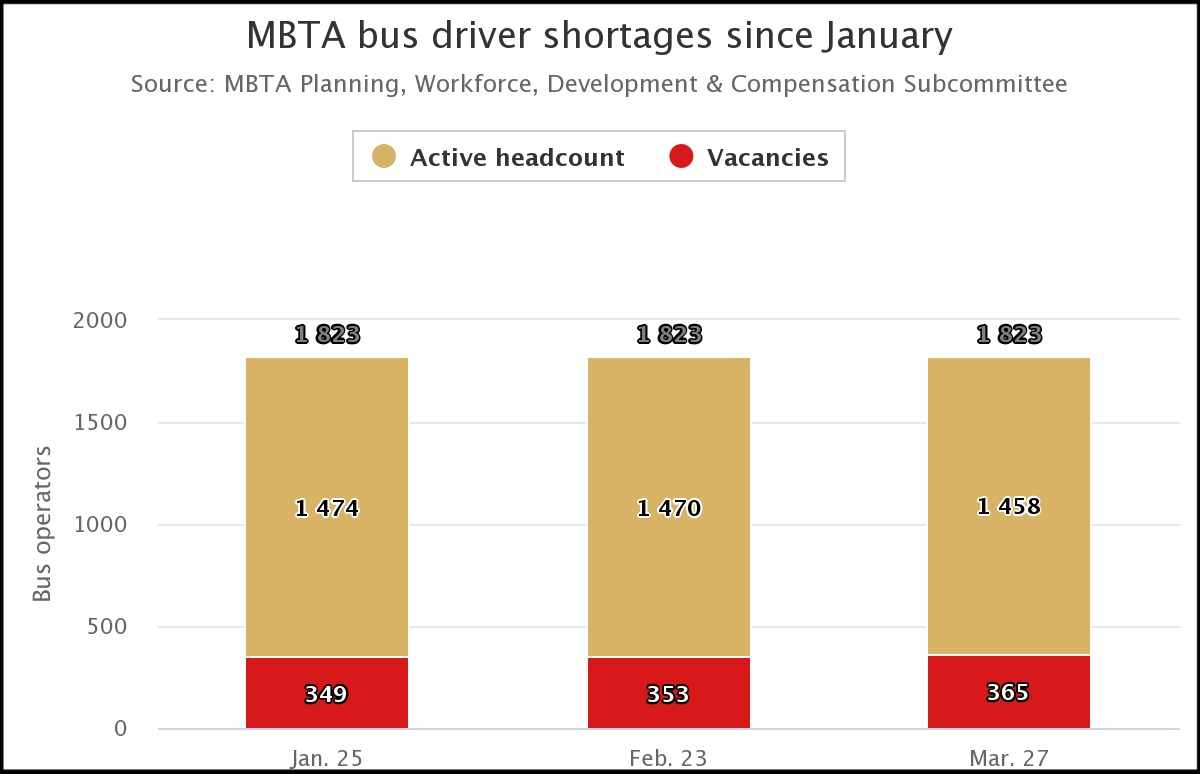I agree with this point 99% of the time. That being said,
from the CW article:
Automobile traffic is statistically much more dangerous than commonly realized, because we simply take it (and the resulting injuries and deaths) for granted.
It is
also true that the current state of the T is continuing to reveal itself to be more and more worse than we had been lead to believe. I believe the automobile fatality crisis is real and severe, and I also believe that basing a comparison on the number of driving deaths vs MBTA deaths ultimately can only understate the severity of the crisis at the T.
To be honest, I don't see any other way to describe a train driver that fails to obey a stop signal as anything
but dangerous and reckless behavior.
I'll be pedantic here: reports were probably written for each and every one of those deaths, issued by the responding police department. And at least some of those deaths surely resulted in a suspension of service, in that the responsible driver would be barred from driving temporarily or permanently by loss of license. Driving fatalities are relatively transparent, in that the system conditions are visible to everyone and the responsibilities (and culpabilities) of individual drivers are relatively clearly defined. The systemic problems are known and broadly understood, even if there is not sufficient consensus to correct them.
The situation at the T is different. The conditions of the system are
not visible to everyone -- we still don't know how much repair work is needed to address the widespread slow zones; the culpabilities of individuals are not clearly defined and what's more it is by now absolutely clear that a number of the T's problems
must be systemic (not traceable to any one individual), but the nature of those problems is still a mystery to everyone outside the T -- and I would guess not well understood
within the T either.
Sorry for the rant. To be clear, like I said, I agree that the automobile fatality crisis is vastly underreported and underappreciated. I also feel that it's ultimately apples and oranges to compare it to the T. And while I disagree with posting broad, unnuanced takes about the T "operating dangerously and recklessly", I do ultimately agree that, yes, there are aspects of the T's conduct today that appears dangerous and reckless.

